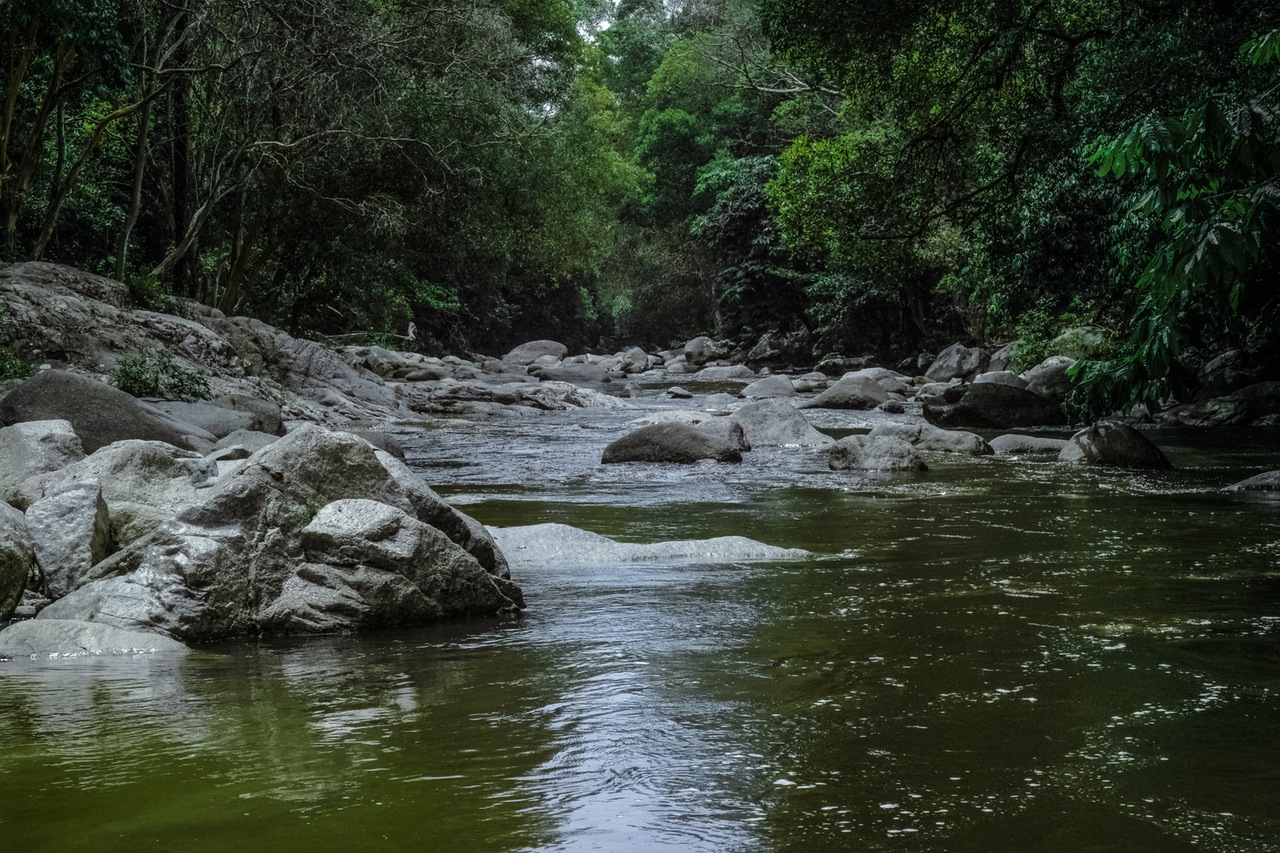What Lies Beneath: Unlocking The Potential Of The Shallow Aquifer To Quench India's Thirst

A farmer tills the land and is rather oblivious of the well, the aquifer and the waters therein. The well happens to be full in summertime. Is it an illusion?
With 33 million wells and borewells pumping out 250 cubic kilometres of groundwater annually, India is the world's largest user of groundwater. Yet, we the users and the institutions that govern it understand so little about it and barely manage it. Firstly, the only source of recharge of groundwater is rain. There is secondary recharge through unlined canal networks and leaking urban pipelines, but for a large geographical extent it is still rain that recharges groundwater.
Rain has to saturate the top soil and then percolate into weathered porous rock called aquifers which act like groundwater banks that store water during the rains and release it throughout the year. The wells of old were dug into these aquifers to obtain the waters held in them. A healthy soil with organic carbon is the major store of rainwater, even more than aquifers and rivers and lakes. 75 percent of rain is stored in soil, 10 percent in aquifers and about 15 percent in rivers, streams and lakes in peninsular India. Thus, it makes eminent sense to add organic material to soil and mulch it because then the soil can hold lots of water and provide it as moisture for plants, insects and bacteria. Fertilizers and pesticides destroy the capacity of soil to retain moisture.
Only about 10 percent of the rain that seeps into the soil is stored in the shallow aquifer because hard rock impedes its further movement downwards. This water is annually replenished, feeding our wells, springs, rivers and lakes. On the other hand, forests help mulch soil, attract rain clouds as well as recharge groundwater. If we empty and drain out the shallow aquifer, entire forests will die; streams and rivers too will dry.
The well is full because the percolation tank upstream of it is full. The tank is full due to heavy unseasonal rains.
Further below the weathered rock is hard rock - granite, gneiss, basalt and so on. Here water is available in cracks and fissures. It may take donkey's years to fill these fissures. Our deep borewells draw water from these fissures. They are relatively difficult to recharge and are rather quickly emptied. With the rains we get annually, we must store rainwater in the soil, create ponds and recharge wells to place it in shallow aquifers, and draw a limited amount from open wells alone. Deep borewells are for emergencies, like drought, and should be shut down after the rains.
The shallow aquifer and a city
In urban India where water is right below our feet, why not look for it and manage it better? The photograph 'Diving into Ugrasen-Ki-Baoli, a 14th Century Monument' taken in 1971 by iconic photographer Raghu Rai shows Bagh Singh, a young lad diving into the full waters of this beautiful 15th century step-well located in the heart of New Delhi.
The photograph above is by yours truly and is from 2016. While the step-well - the artefact - has been restored, the waters have completely disappeared. Do we not see them as important? What happened to the groundwater? Here is an interesting mystery.
Contrary to common belief, groundwater in a city centre served by piped water actually rises. People have abandoned their old wells and shifted to piped water supply. The water lines themselves leak and uncollected sewage adds to the rise of the groundwater table. Why then is this beautiful Baoli bereft of any water?
Cut to the present. I meet an avid and passionate plumbing engineer at a conference. He is distressed by a water issue and speaks to me in hushed tones. In Chennai, a city struggling to meet its water needs, he is responsible for managing the water requirements of a large residential skyscraper being built 7 kilometres from the sea shore. Building regulations, floor area ratio usage, and the need to construct parking facilities means that a triple basement parking has to be provided. This is the interface between economics, profit and building bye-laws. Now the groundwater table here is high. As they dig for the basements, about 12 metres deep, they have to deploy a 100 H.P. pump to continuously pump clean, sweet, potable groundwater out and throw it far away into a stormwater drain to enable basement construction to happen.
The reigning God of urban India - the car, demands a sacrifice for its resting time too and the name of the sacrifice is water.
Not only is the groundwater exhausted in a huge area called the sub-aquifer, depriving others in the neighbourhood of access to their well water, the basement brings the double whammy of a permanent incapacity of the aquifer to hold water ever. There is no law that can prevent this irreversible damage.
If the waters of our wells go dry, if the aquifers plummet, if borewells are our only source for groundwater, where will our village children learn to swim?
Come to the city of Bengaluru. A metro runs underneath the city in some parts and, in a very unsightly fashion, over the ground in other parts. If a sensible urban aesthete would have it, the metro would run underground. But the stations of the metro in Cubbon Park and Majestic also have a groundwater 'problem'. They also need to pump out the water into drains to keep the metro from flooding. Again, good clean groundwater being thrown out as homage to the god of transportation, public here instead of the private car in Chennai.
Another multi-storied building coming up has emptied the wells of several residents and pumped groundwater out to build the ubiquitous car parking basement. All the efforts of an entire community to harvest rainwater and recharge the shallow aquifer can come to nought with one such building, or one tanker operator emptying the aquifer. At least the tanker operator is providing water to someone. Here, this building is simply throwing it into the drain.
A master plan for a city struggling to source water from distant sources must include a deeper understanding of the potential of the shallow and deep aquifers.
In a third case, a swimming pool being built by the government in a city suburb pumps out groundwater almost daily to lower the high water table. By digging a shallow well and linking it to the swimming pool, most if not all, of the water requirement that the pool requires can be met by the shallow aquifer, provided of course it is recharged adequately.
If we destroy the earth's water holding capacity and pump out its waters, we cannot recharge it, and this blindness is not limited to one city alone. Here is a news item from Pune which says that 600 tankers of water is wasted every day. And finally Ugrasen-Ki-Baoli, the three-tiered underground metro station at Connaught Place has put paid to the waters of the Baoli ever returning.
A good rain fills the community tank which replenishes the aquifer, and consequently, the well.
Globally, the idea of ‘sponge cities’ - urban areas that soak up rainwater, prevent flooding and provide water when needed, as groundwater, is gaining traction. A master plan for a city struggling to source water from distant sources must include a deeper understanding of the potential of the shallow and deep aquifers. Just like trees, forests and parks, these aquifers are a city's green infrastructure that store rainwater and distribute it in a decentralised fashion at the lowest cost and lowest embodied energy to the urban citizen.
What we do below the city is as important as what we do above it. Developing a good map of the aquifers, designing a management strategy to protect and fill them with clean water, and reusing these waters sustainably would enable the city to become water secure. This should form part of the master plan for the water of the city.
That would be water wisdom.
Images: Author
Vishwanath Srikantaiah is a well-known water activist, educator and founder of the Rainwater Club that works on water conservation and sustainable sanitation. He posts as @zenrainman on Instagram and Twitter, and can be followed on Facebook.









